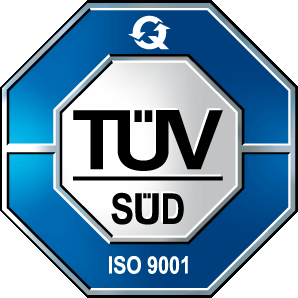The work carried out at inpro on welding with solid-state lasers was the starting point for further developments in the 1990s, which resulted in technologies and system components suitable for industrial use for laser brazing in car body construction.
Laser brazing was also successfully transferred into application. Since, for design and aerodynamic reasons, the classic roof duct was to be eliminated by the transition to a zero joint on the roof, the joint in the visible area could only be realized with a laser soldered seam.
In the area of the tailgate, the first industrial implementations of laser brazing in large-scale production took place in the VW Passat and the Mercedes SLK. The reasons for using laser brazing on the tailgate arose from design requirements on the one hand and demands for different license plate recesses for different markets on the other. Shortly thereafter, laser brazing was also used on the VW Bora.
The technology was strongly component-driven, i.e. laser brazing was used specifically where the greatest advantages lay. This was particularly true when used in the visible area, as the filler metal made it possible to achieve very good seam quality.
Based on the work at inpro, the company Scansonic IPT GmbH was founded in 2000, which is now a leading system solution provider for laser brazing.


 inpro
inpro